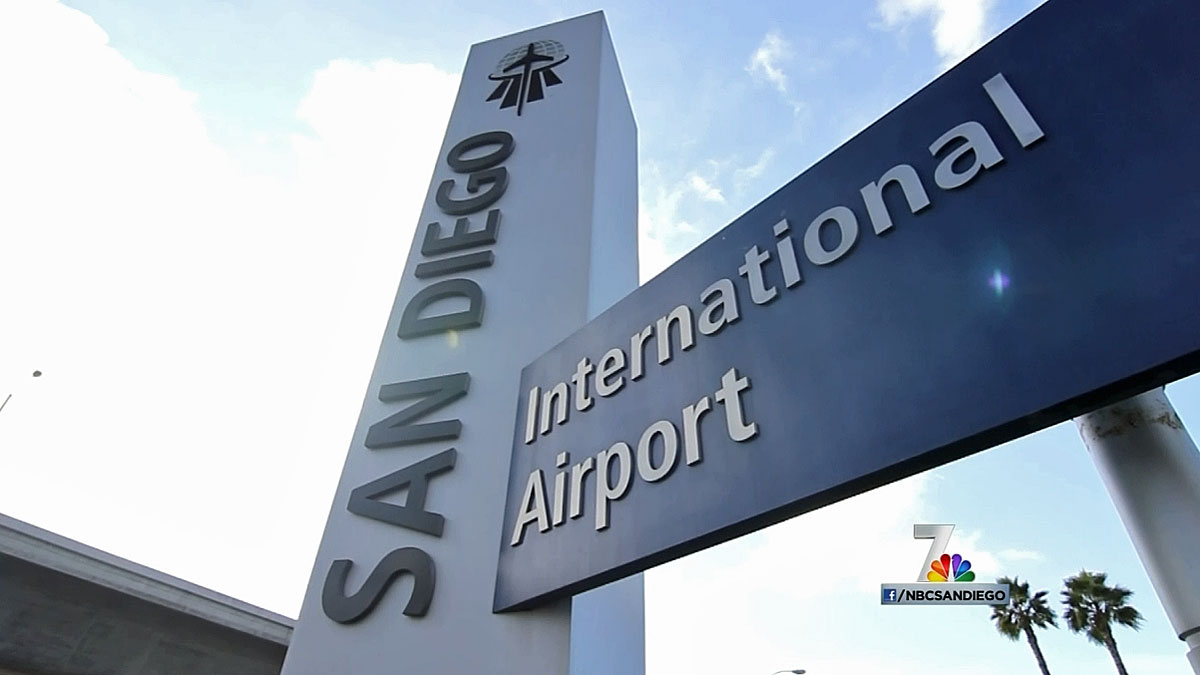Wildfires in California have already burned 30,000 acres this year with more severe conditions expected later this season.
California has so far not had the type of monster fires that have destroyed hundreds or thousands of homes in the past, but fires have been occurring from the Oregon border to San Diego County. Entering Friday, firefighters were battling brush fires in Malibu, Calabasas and San Bernardino, Sequoia, Modoc, Sierra and Shasta-Trinity national forests.
Most of the largest fires have been in wildlands, but some have occurred dangerously close to homes. Firefighters have knocked out smaller fires that broke out on hillsides, including one earlier this week near houses in the hills above Burbank.
The state has had more fires and more acreage burned so far this year than the same time last year even though the latter was part of the drought, said Scott McLean, spokesman for the California Department of Forestry and Fire Protection. The majority of the burned acreage has been grasses that grew as remarkable precipitation ended the epic dry spell.
CAL FIRE reported more than 2,135 fires in California from Jan. 1 through Sunday. Those fires scorched more than 20,200 acres. During that same period last year, CAL FIRE reported 1,750 fires that burned 18,354 acres.
The five-year average for that time period is about 18,000 acres.
Adding in the number of US Forest Service incidents and the acreage number is 28,566 -- about 45 square miles.
Local
The state is coming off one of its wettest winters in years, which left hillsides covered in grass and other vegetation. That grass dries out and turns into tinder, providing fuel for rapidly spreading fires often pushed by strong winds.
Active new blazes include a 760-acre wildfire burning on the Camp Pendleton Marine Corps base in San Diego County and in neighboring brushlands of San Clemente, and a 630-acre blaze on the Mariposa County foothills of the western Sierra Nevada. The Pendleton fire resulted in a smoke alert from regional air quality regulators as it spread a strong odor across Orange and Los Angeles counties early in the day, but it was 70 percent contained by late afternoon.
The new blaze in the Malibu area that broke out Thursday afternoon also threatened homes, but firefighters quickly stopped its progress.
The state's biggest current fire was 90 percent contained after burning across nearly 10 square miles in Riverside County, about 80 miles east of Los Angeles. Crews remained on the scene to complete the containment line and patrol the burn scar.
On the Central Coast, crews were also wrapping up a 2.5-square-mile fire in rural San Luis Obispo County.
Stands of tall grasses are "very dense and susceptible to any spark," McLean said.
There have also been some timber fires at higher elevations and authorities are concerned about the estimated 102 million trees that succumbed to the drought and insect infestations.
"These are large swaths of trees that are dead, since 2010," McLean said. "Trees are just falling down."
The potential for larger, more destructive fires doesn't end when the hot, dry months of summer are over. Fall brings strong Santa Ana winds that whip up flames and blow from the coast to inland areas.
A June 1 report by the National Interagency Fire Center said wildfire risk will be high in inland Southern California in July and in parts of Northern California during August and September. The report noted what could be a delayed start to the wildfire season in some locations.



